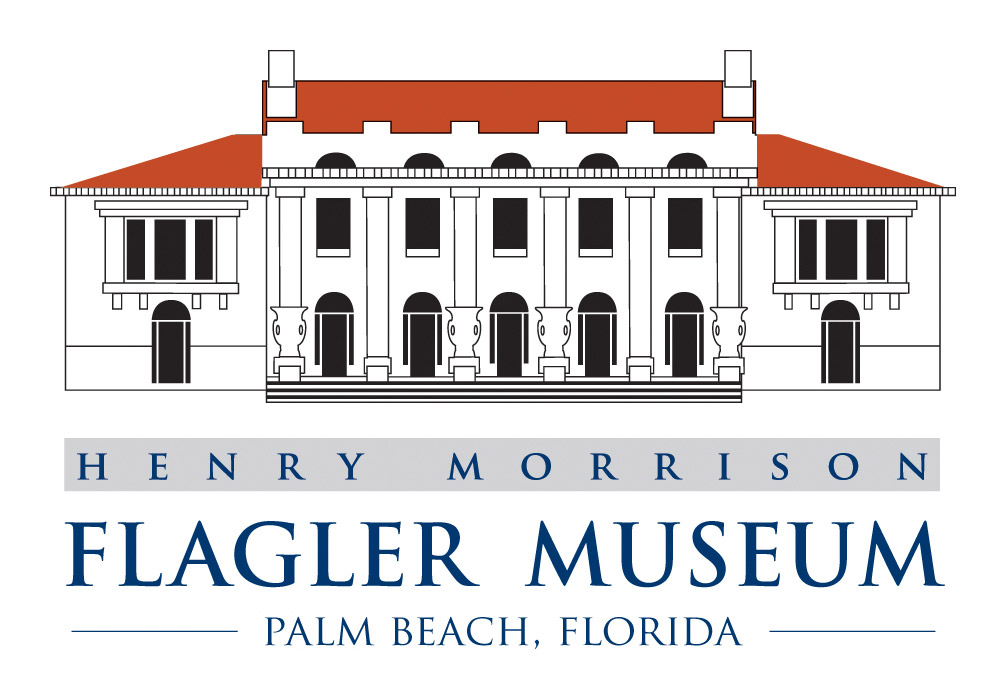The Largest and Most Elaborate Satinwood Room in the World
is in Palm Beach
In 2018, Whitehall’s dining room furniture, comprised of a grand banquet table, 24 upholstered chairs, and two double-high sideboards, was returned to the Flagler Museum after an absence of nearly a century. This suite of furniture underwent comprehensive conservation by F. Carey Howlett & Associates in 2019 and was reinstalled in Whitehall’s Dining Room in early 2020. The conservation process revealed numerous modifications made throughout the twentieth century as well as a spectacular feature of the room. Among these alterations was a dark stain that concealed the true nature of the wood. Removing the stain and conducting microscopic analysis revealed the furniture was made of Jamaican Satinwood (Zanthoxylum flavum), a nearly extinct species of hardwood native to the West Indies and the Florida Keys. This revelation was particularly striking when the light-colored furniture was juxtaposed with the dark stained paneling and fireplace in the Dining Room. Historical photos and close examination confirmed that the Dining Room woodwork, like the furniture, was made of Jamaican Satinwood.
Jamaican Satinwood, now commercially unavailable, was a highly coveted cabinet wood when it first appeared regularly in Europe, Great Britain, and the American East Coast in the late eighteenth century. Due to its limited geographic distribution and medium size, Satinwood was never as abundantly produced as other tropical hardwoods like mahogany or rosewood. In the eighteenth and early nineteenth centuries, it was often used in small quantities as veneer, marquetry, or a light-colored contrast in darker primary wood pieces. Entire furniture pieces made from Satinwood were rare, making Whitehall's Dining Room, made of solid Satinwood, the largest and most elaborate Satinwood room ever built in the Western Hemisphere and likely the world.
The Dining Room, designed in the Henri IV style, reflects the tastes of affluent French society during the reign of Louis Napoléon. This revival style, favored for grand banquet rooms in French townhouses and châteaux, was well known to the design firm of Pottier & Stymus, both designers, having studied and worked in France. Their New York factories created many pieces of furniture and employed numerous European artisans. The 1902 photographs of the dining room in the Flagler Museum Archives show the furniture and woodwork in a harmonious transparent finish that highlighted the impressive feature of the Satinwood that gives it its name. Additionally, the photos reveal faux-painted gilt friezes and ceiling beams simulating satinwood, adding to the room's cohesive aesthetic.
In alignment with the Flagler Museum's mission to preserve and interpret Whitehall, an eight-week restoration project beginning this July, in collaboration with F. Carey Howlett and Associates and Chris Mills, will restore the entire Dining Room to its original Satinwood appearance, revealing once again the fact that Whitehall’s Dining Room is the largest and most elaborate Satinwood room ever built in the Western Hemisphere and likely the entire world.
View photos of Whitehall's Dining Room restoration project here:







